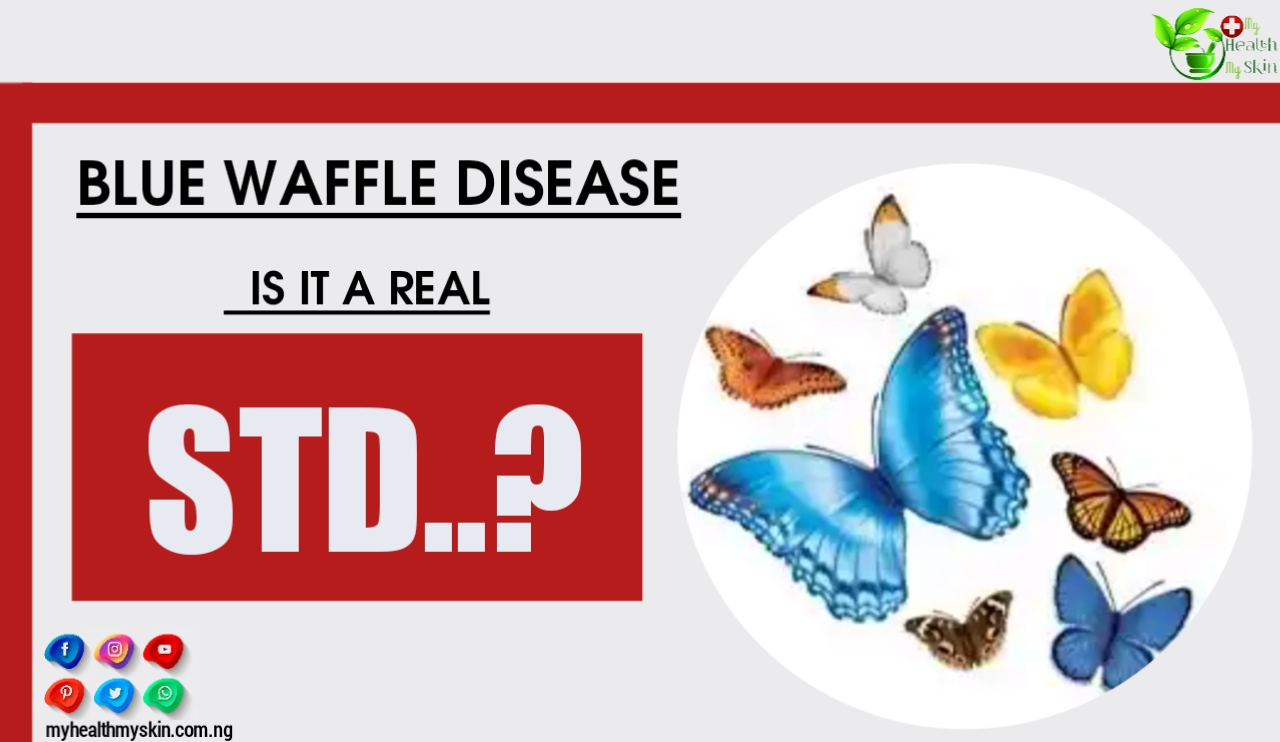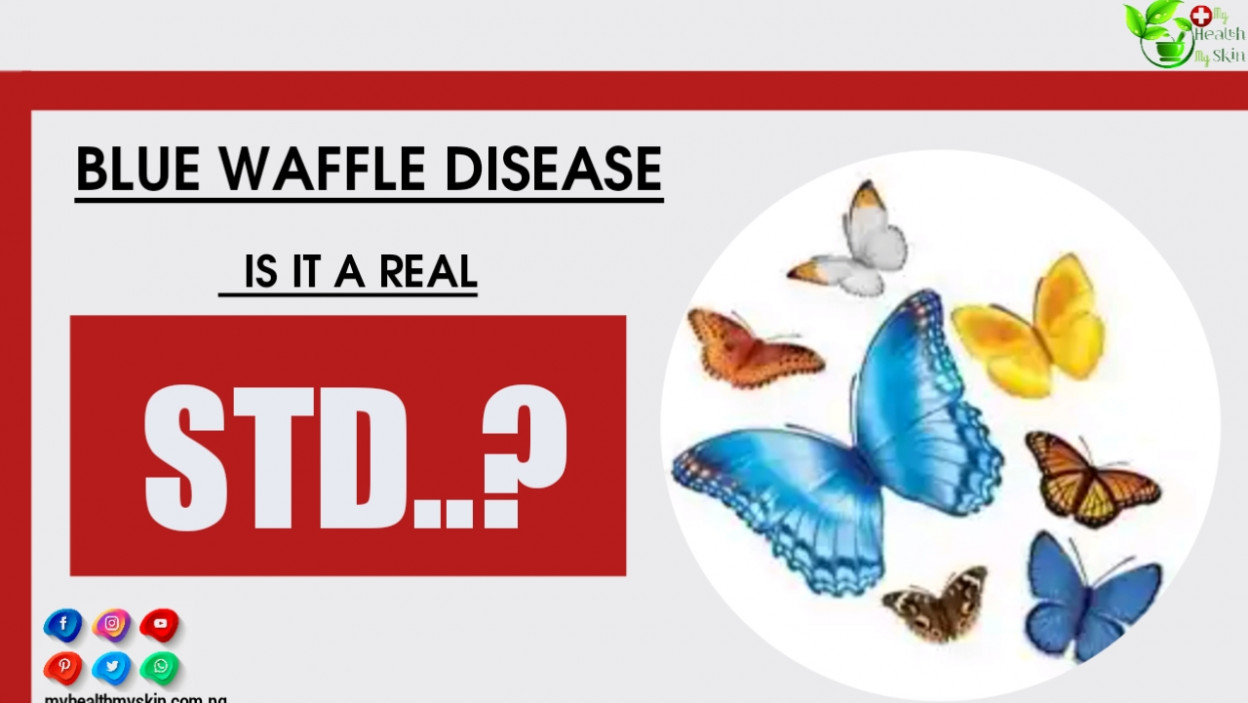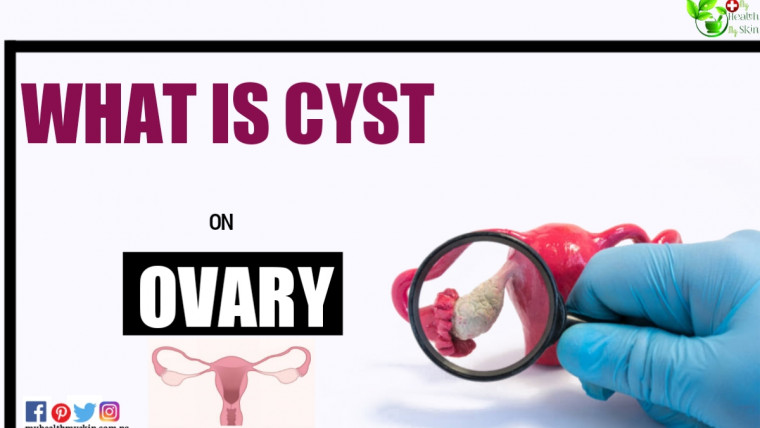It all starts with burning and itching in the genitals a few hours after having sex. A few days later, a rash appears accompanied by redness of the vaginal lips and generalized swelling of the vulva.
By then, the pain is intense and if left untreated, the most serious symptom of the infection appears, a blue hue that invades the external genitalia: this is the Blue Waffle disease, the latest sexually transmitted disease.
As if the long list of known STDs were not enough, dozens of cases of this mysterious condition caused panic among adolescents, resulting in Google searches that flooded the web about the phenomenon, its symptoms and treatment
The myth began with an image (it can offend the viewer’s sensitivity) dating from March 2010, where an inflamed vulva appears with blue tones and lesions typical of what looks like a bacterial infection.
The photograph that accompanied texts and memes that alluded to the Blue Waffle and its ravages quickly went viral through Facebook, Whatsapp and other social networks without verification, nor any attitude of skepticism or suspicion about its veracity.
The disease is especially well-known to middle and high school students in the United States, where it is mentioned as a joke in the hallways to classmates with intense sex lives and on other occasions in class, when someone asks about sex education with a hint of concern.
The case of the Blue Waffle even reached the ears of different state authorities as a public health issue and there were some civil associations that demanded clear information from the government about an alleged epidemic.
In reality, this fictional ailment takes on some of the common symptoms of vaginitis and yeast infections, two of the most common conditions of the female reproductive system.
Different associations specializing in sexual health spoke about it, including the Women’s Health Foundation, which wrote on its blog denying the existence of the disease.
There is no known “blue waffle disease” in the medical world, nor one that causes a bluish appearance to the external genitalia.
The conclusion of the medical professionals with whom we have discussed the subject is that it is a hoax, a false image digitally edited with the intention of attracting people to a site in any case, that is not the typical appearance of any STD or condition of the vagina or vulva.
Columbia University also clarified the situation in this regard on its blog Go Ask Alice! dedicated to solving general health questions.
[lwptoc]
What is Blue Waffle Disease
Blue Waffle can be many things, but nothing real. It is an urban legend, a myth, a rumour, a hoax, etc., about a fictional STD. Blue alludes to the supposed symptoms, while waffle is a slang for vagina.
The supposed causes of blue waffle disease range from inadequate hygiene to having regular sex to having multiple STDs. Many websites actually claim that men can contact blue waffle, but only from women who practice poor hygiene.
This is not true. Having regular sex or poor hygiene do not cause the genitals to change color. Planned Parenthood even stepped in to open things up in 2012: “Blue waffle is completely 100% urban legend. It doesn’t exist,” the organization wrote in a blog post.
The internet is full of inaccurate information about this fake condition, and its description varies between websites. The reports say that blue waffle disease affects only females.
However, most STDs affect both male and female gender, although the effects on females can be more serious. STDs can also affect an unborn baby.
As a matter of fact, the Blue waffle disease does not exist. It is a fake STD that emanated from online rumors. Pictures displaying a woman’s vulva that seems blue and displays scabs or lesions usually support these rumors.
It is unclear whether people have photoshopped these pictures, but, however, they do not define the symptoms of any occurring diseases. There are no STDs Known to cause the genitals to turn blue or to change its color.
The case is an example of how easy it is to fall for false news on the Internet. It is not only necessary to have common sense to avoid falling for a hoax, but also the necessary skepticism to question any speech, especially if it is a warning, something too good to be true or the words of someone from a position of power.
Generally, people rarely suffer side effects from having regular sex. However, a person may suffer discomfort from some sexual practices. While the vagina produces its own natural lubricant, too much sex can cause vaginal dryness and painful friction.
Rough intercourse can develop swelling in the vagina and even rip vaginal tissue. A tear can make someone more liable to develop a vaginal infection.
The sign and symptoms of some real vaginal infections are similar to those related with fictitious blue waffles disease. Symptoms of a vaginal infection such as:
- Burning sensation when urinating
- Pain during sex
- Unusual, smelly vaginal discharge
- Itching, burning, and swelling around the vagina
STDs, including chlamydia, gonorrhea, and trichomoniasis, can develop symptoms equal to those associated with fictitious blue waffle.
Some of the signs or symptoms associated with fictitious blue waffle can exist with real STDs and vaginal infection, such as:
- Unusual discharge from the vagina
- Itching or irritation around the vagina
- A red or swollen vulva
These symptoms may be a sign that a person might have vaginitis. Infections often cause vaginitis. Some vaginal infections are transmitted by sexual intercourse, while others arise due to allergic reactions or transformations in the typical chemical or bacterial balance in the vagina.
Advice For Safe Sex Practices And Preventing Stds
Safe sex is the practices that lower a person’s risk of contacting or transmitting STDs. Safe sex keeps a person healthy as well as safe.
Making use of barriers, including male and female latex condoms and female dental dams, are very helpful in preventing the spread of viral and bacterial STDs. Contraceptive pills do not protect people against STDs.
A person who is sexually active should get tested for STDs regularly, even if they use condoms. Some STDs produce no symptoms, so it is possible for someone to contact STD without knowing it. The only way to realize for sure is by being tested. Early detection brings treating STDs much easier.
Why Is Sex Education Important
Kellogg’s recently stocked controversy when it displayed her new waffle range in the United States and UK with a pink version called Unicorn Cotton Candy Waffles and Mermaid Blue Raspberry Waffles inadvertently tagged after the fictitious disease.
Young people may browse through the internet and receive erroneous information about sexual health.
The blue waffle phenomenon is a good illustration of people searching for sex education from the internet and acknowledging false information as truth.
Sex educators throughout the U.S have debunked blue waffle as nothing more than an urban folklore, but rumors continue to circulate across the internet.
The widespread nature of these rumors signifies that children and teens may need a more detailed sexual education.
A 2016 School Health Profiles issued by the Centers for Disease Control and Prevention (CDC), less than half of high schools and less than a quarter of middle schools across the United States are teaching all 19 approved sexual health topics.
Without adequate knowledge of STDs and safe sex practices, young people may browse through the internet to educate themselves and may gather false information.
As a matter of fact, not all children receive extensive sex education. Inappropriate sex education is one of the major factors that explain the high rate of STDs among youths.
Also, there are many more reasons why young people are more affected by STDs than older people. The reasons include that they are more prone to engage in risky sexual behaviors, such as having several sexual partners and not using protection in the form of condoms.
Blue waffle is a fake STD that so many people have falsely associated with signs or symptoms related to those of vaginal infections and real STDs such as chlamydia, gonorrhea, and trichomoniasis.
The widespread rumors about this fictitious disease shows that people are not acquiring adequate sex education.
Without the proper information, people may seek answers themselves and end up believing false information from the internet.
You May Also Like:
- Syphilis In Women Symptoms, Diagnosis, Prevention And Treatment
- Itchy Vagina While Pregnant? What to do and How to Treat (Vaginal Infection)
- Sexually Transmitted Infections In Women: Types, Symptoms And Treatment
- Vaginal laxity: 3 Best Safe Ways to Tighten Your Vagina Explained
- What Does Each Color Of Vaginal Discharge Mean? 5 Types of vaginal discharge
- Do not attempt using these: 10 Home remedies to Tighten your Vagina
Comprehensive sex education is important to ensure that educators are giving young people the facts and know-how to protect themselves, and others, against STDs.
According to an American Social Health Association, 1 out of 4 teens in the U.S become infected with an STD every year. By the age of 25, half of all sexually active young adults will contact STD.
In addition, WebMD among its list of Sexually transmitted diseases does not recognize Blue Waffle STD as a sexually transmitted disease, verifying that the condition do not exist.
If you want to read more articles similar to Blue Waffle Disease: Is It A Real Std?, we recommend you visit our Women’s Health category. Share on your social networks and stay tuned for upcoming articles.

Did You Already Know About The Blue Waffle Disease? How And When? Comment Below!







